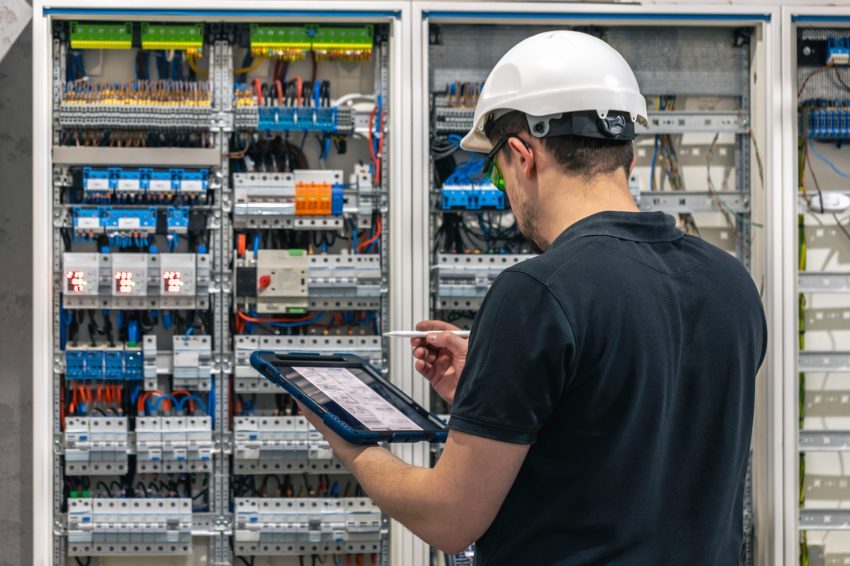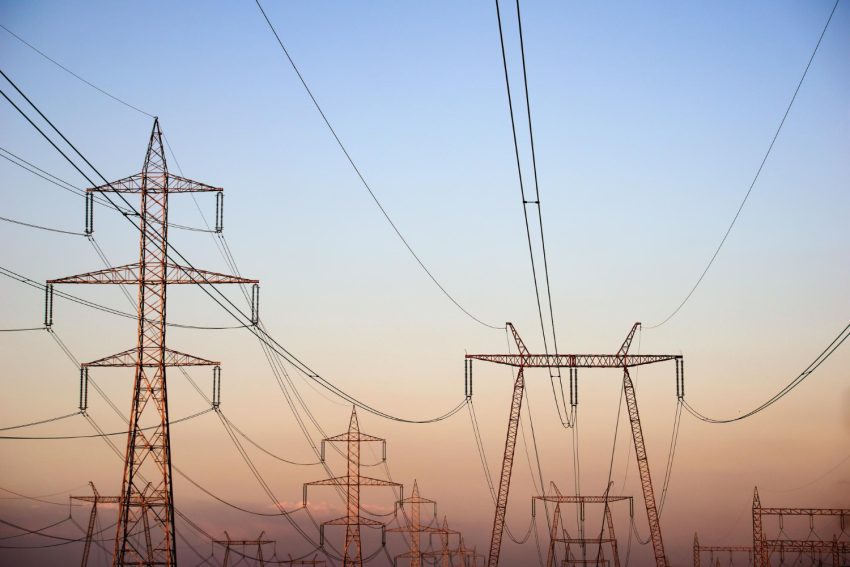In the modern industrial and commercial establishments, electrical systems are the heart of the operations. Any interference may result in downtime, loss of finance, and safety risks. The joint method of predictive maintenance and electrical risk assessment is stressed organizations like Trident Techlabs to maintain efficiency and safety of systems. Understanding Predictive Maintenance Predictive maintenance is…
Understanding the Role of Cable Size in Cable Current Carrying Capacity
In electrical systems, one of the most critical factors determining performance, efficiency, and safety is the correct selection of cable size. The size of a cable directly affects how much current it can safely conduct without overheating or losing efficiency. This concept is known as cable current carrying capacity, which refers to the maximum current…
Understanding the Different Categories in Power System Studies
In today’s world, where electricity powers every aspect of modern life, ensuring the reliability, efficiency, and safety of electrical networks is of utmost importance. This is where power system studies come into play. These studies are essential analytical tools used by engineers to evaluate how electrical systems behave under various operating conditions. They help identify…
Understanding Equipment Protection Under Arc Flash Study
Electrical systems are the backbone of modern industries, but they also pose serious risks if not managed properly. One of the most severe electrical hazards is an arc flash—a sudden release of energy due to an electrical fault. To ensure safety and equipment reliability, organizations rely on an arc flash study, a systematic analysis that…
Understanding the Basics of Fault Tree Analysis in Risk Management
When reliability, risk control, and safety are critical in industries, the knowledge of the possible failures of the system is among the primary concerns. From manufacturing to aviation, all processes have numerous interconnected parts, which may fail in many ways. Professionals use a technique called fault tree analysis to assess these failures on a systematic…
The Role of Load Flow Study in Power Grid Planning and Expansion
The ability to sustain consistent and efficient power systems across the world has proved to be more complicated as the energy demands keep on increasing worldwide. The power grid stability is achieved through planning, adequate distribution of loads and constant monitoring. The Load Flow Study is one of the important analysis tools that facilitate the functions….
The Importance of Reliability Studies in Product Development
When new products are created, it all is not about design and functionality when it comes to success. Customers want them to be safe, high on performance, and have long-term reliability. At this point, Reliability Studies comes in. They also assist businesses to make sure that a product is able to resist the actual situation and…
An Introduction to Power System Studies: Why They Matter in Modern Energy Management
In the modern era of fast-paced living and growing demand of energy, where renewable sources are becoming part of the grid and where stable and competent power supply is vital, this is more crucial than ever. Electric power outages, instability, or inefficiencies in the electric networks of businesses, utilities, and industries are not affordable. This…
What is Cable Current Carrying Capacity and Why It Matters in Electrical Systems?
Safety and efficiency in the modern electrical systems are mainly concerned with the choice of cables to be used in transmitting power. The cable is the foundation of all electrical installation work, in residential buildings or in industrial plants, or even in major infrastructure projects. The cable current carrying capacity is one of the most…
An Introduction to Substation Design: Basics Every Engineer Should Know
Substations are the backbone of any modern power system. These essential facilities are the links between the generation system, transmission, and distribution systems, making sure that power is flowing easily and consistently to households, industries, and corporations. The development of an effective substation should be based on both technical skills and the application of safety…










